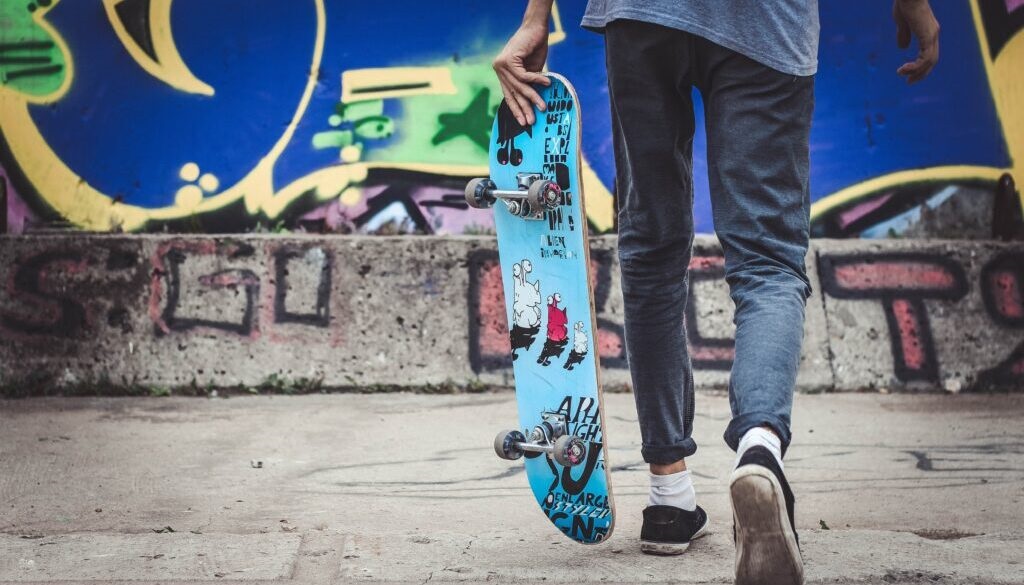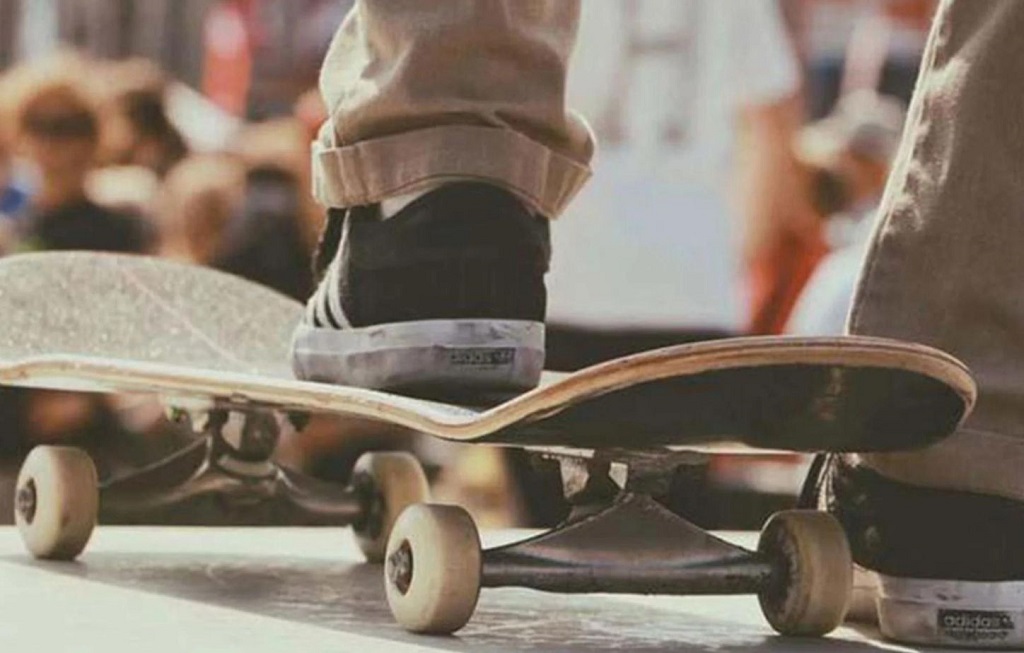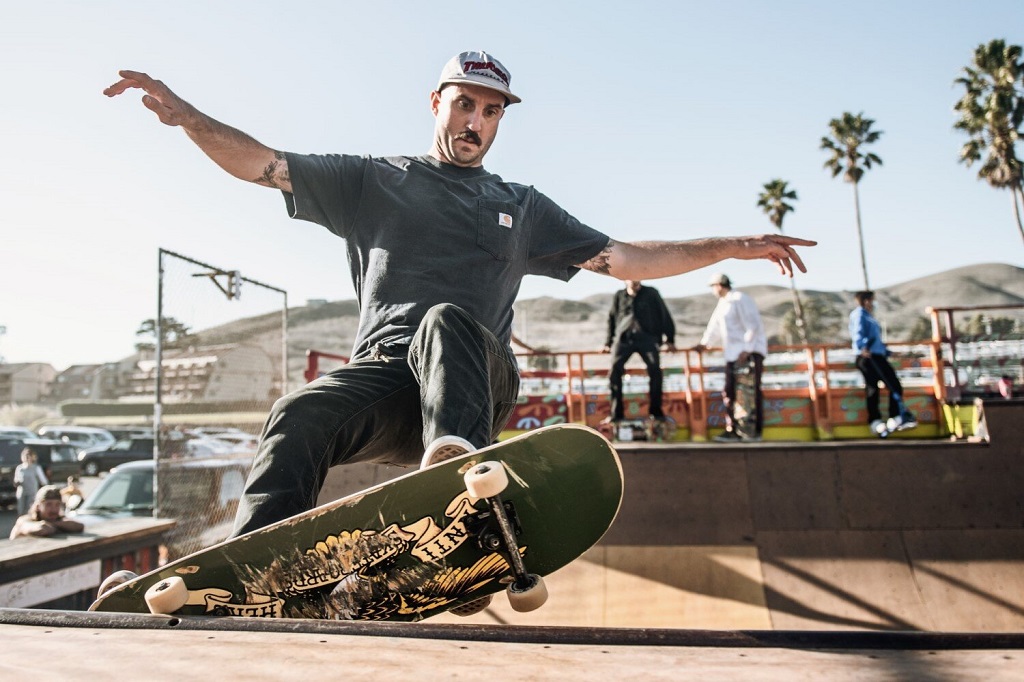Hey there, fellow skateboarding enthusiast! So, you’ve decided to embark on a journey to find the ideal skateboard deck size for your riding style and comfort, huh? Well, you’ve come to the right place. Let’s get rolling!
Before we dive into the nitty-gritty of sizing a skateboard deck, let’s take a moment to appreciate the importance of this decision. Your skateboard deck is the canvas upon which your skating artistry will flourish. It’s like choosing the right paintbrush for a masterpiece. If you get the size wrong, it can hinder your progress and make your skating experience less enjoyable.
The Anatomy of a Skateboard Deck
First things first, let’s break down the essential components of a skateboard deck. It’s not just a piece of wood; it’s your platform for tricks, flips, and grinds. A typical skateboard deck comprises:
- Length: This is the distance from the tip (nose) to the tail. It affects stability and maneuverability.
- Width: The width is the measurement across the deck. It plays a significant role in balance and control.
- Wheelbase: The wheelbase is the distance between the trucks’ mounting holes. It influences your board’s turning capabilities.
Now, let’s roll into the details of sizing your skateboard deck like a pro. Discover how much does a skateboard weigh.
1. Determine Your Skateboarding Style
The first step in sizing your skateboard deck is understanding your preferred skateboarding style. Are you more into cruising, street skating, vert, or freestyle tricks? Your style will dictate the dimensions that will work best for you. Discover Mtb lubrication.
- Street Skating: If you love grinding rails, ollies, and kickflips in the urban jungle, you should go for a smaller deck, typically around 7.5″ to 8″ wide. A smaller deck offers better control and maneuverability for technical tricks.
- Vert Skating: For those who thrive in the vertical world of ramps and halfpipes, a wider deck, usually around 8.25″ to 8.5″ or even wider, provides stability and a larger surface for landing those airs.
- Cruising and Transportation: If you’re primarily using your skateboard for getting around town or cruising the streets, a wider deck (8″ and above) offers more stability. Longboards are also a popular choice for this purpose, as they provide even more stability and a comfortable ride.
- Freestyle: If you’re all about nailing those fancy flip tricks and technical maneuvers, a deck in the 7.5″ to 8″ range is your sweet spot. It provides the perfect balance of control and flip capability.
- Old School and Pool Skating: If you’re into the vintage vibes or enjoy skating in pools, a wider deck in the 9″ to 10″ range is ideal for stability and carving.
2. Consider Your Shoe Size
Believe it or not, your shoe size plays a crucial role in deck size selection. Think of it this way: your skateboard deck is like a pair of shoes. If you have big feet and squeeze them onto a tiny deck, it’s like trying to wear shoes that are two sizes too small – uncomfortable and awkward. Conversely, if you have small feet on a massive deck, it’s like trying to run in clown shoes – clumsy and unmanageable.
Here’s a general guideline:
- Shoe Size 7-8: Opt for a deck width of 7.5″ to 7.875″.
- Shoe Size 8-9: Go for a deck width of 7.875″ to 8.125″.
- Shoe Size 9-10: Look for a deck width of 8.125″ to 8.375″.
- Shoe Size 10-11: Consider a deck width of 8.25″ to 8.5″.
- Shoe Size 11 and above: Go for a deck width of 8.5″ and above.
Remember, these are just rough guidelines, and personal preference plays a significant role. If you find yourself feeling more comfortable on a slightly narrower or wider deck than suggested, go with what feels right for you.
3. Find Your Comfort Zone
Comfort is key when choosing your skateboard deck size. Think of your deck as an extension of your body. You want it to feel natural, like an old friend. When you stand on your skateboard, your feet should feel at home, and your balance should be spot on.
Here’s an easy way to test comfort:
- Stand on a few different-sized decks at a skateboard shop or borrow from friends.
- Pay attention to how your feet align with the deck’s edges.
- Notice how your toes and heels hang over the sides. You want a balance between overhang and stability.
It’s a bit like trying on jeans. You don’t want them too loose or too tight; they need to fit just right. A comfortable deck size ensures you’ll have better control and an enjoyable riding experience.
4. Tail and Nose Shape
Now that we’ve covered width and length, let’s talk about the shape of the nose and tail. Skateboard decks come in various shapes, and these shapes can affect your skating style.
- Standard Popsicle Shape: This is the most common shape, with a symmetrical design featuring a slightly upturned nose and tail. It’s versatile and suitable for various skateboarding styles.
- Shaped Decks: These decks have a more pronounced, old-school shape. They are often wider and have a more significant curve in the nose and tail. Shaped decks are great for riders who love skating pools and ramps.
- Cruiser Shapes: Cruiser decks usually have a longer wheelbase and mellow concave. They are designed for relaxed cruising and transportation, offering a comfortable ride.
- Mini Decks: Mini decks are typically smaller in size, with a narrower width. They are great for younger skaters or those who prefer a more compact board for technical tricks.
Consider the type of skating you plan to do and choose a deck shape that complements your style.
5. Wheelbase Matters
Wheelbase, the distance between the trucks’ mounting holes, can influence your board’s turning capabilities. A shorter wheelbase provides quicker turns and a more responsive feel, ideal for technical street skating. On the other hand, a longer wheelbase offers stability and is better suited for transitions like vert and bowls.
Again, your style plays a significant role in choosing the right wheelbase. If you’re not sure, go for a standard wheelbase that’s in the middle range. This gives you a good balance between stability and maneuverability.
6. Experiment and Adapt
Skateboarding is an art, and just like any artist experimenting with different brushes, you should be open to trying various deck sizes. Your preferences might change as you progress in your skating journey. What feels perfect for you now might not be the same a year from now.
So, don’t be afraid to experiment with different deck sizes and shapes. Borrow boards from friends, visit your local skate shop, and feel the difference for yourself. As you gain experience, you’ll develop a deeper understanding of what works best for your unique style and preferences.
In conclusion
Choosing the right skateboard deck size is a bit like picking the right tool for a job. It’s essential for optimizing your performance, comfort, and overall enjoyment of skateboarding. Remember that there’s no one-size-fits-all answer, and it’s perfectly fine to experiment until you find the deck size that feels like an extension of yourself. So, go ahead, hit the skate shop, stand on a few decks, and trust your instincts – you’ll be shredding the streets or the park in no time!
Frequently Asked Questions (FAQs)
- Can I ride any skateboard deck size regardless of my skill level?
Yes, you can technically ride any skateboard deck size regardless of your skill level. However, choosing the right deck size can significantly enhance your skateboarding experience and progression. For beginners, it’s advisable to start with a deck size that matches your shoe size and the style of skating you’re interested in. As you gain more experience, you can experiment and adapt your deck size to better suit your preferences.
- Is there a perfect deck size for all skaters?
No, there’s no one-size-fits-all perfect deck size for all skaters. The ideal deck size varies from person to person based on their skateboarding style, shoe size, and personal comfort. It’s essential to consider these factors and experiment with different deck sizes to find what works best for you.
- Can I use the same deck for different styles of skateboarding, like street and vert?
While you can use the same deck for different styles of skateboarding, it may not provide the optimal performance for both. Street and vert skateboarding have distinct requirements. Street skating benefits from a smaller deck for technical tricks, while vert skating often requires a wider deck for stability. If you want to excel in both styles, consider having separate decks tailored to each style’s specific demands.
- What if I have a preference for a particular deck shape?
If you have a strong preference for a specific deck shape, it’s perfectly fine to choose a shape that suits your style and comfort. Skateboarding is all about personal expression and finding what works best for you. Just ensure that the deck size within your chosen shape aligns with your shoe size and style of skating.
- Do skateboard brands matter when it comes to deck size?
Skateboard brands offer a wide range of deck sizes and shapes, so you can often find the size you need from different brands. What’s more important than the brand is the quality of the deck, as well as the reputation of the manufacturer. Look for reputable brands and check reviews to ensure you’re getting a high-quality deck that suits your size and style preferences.



